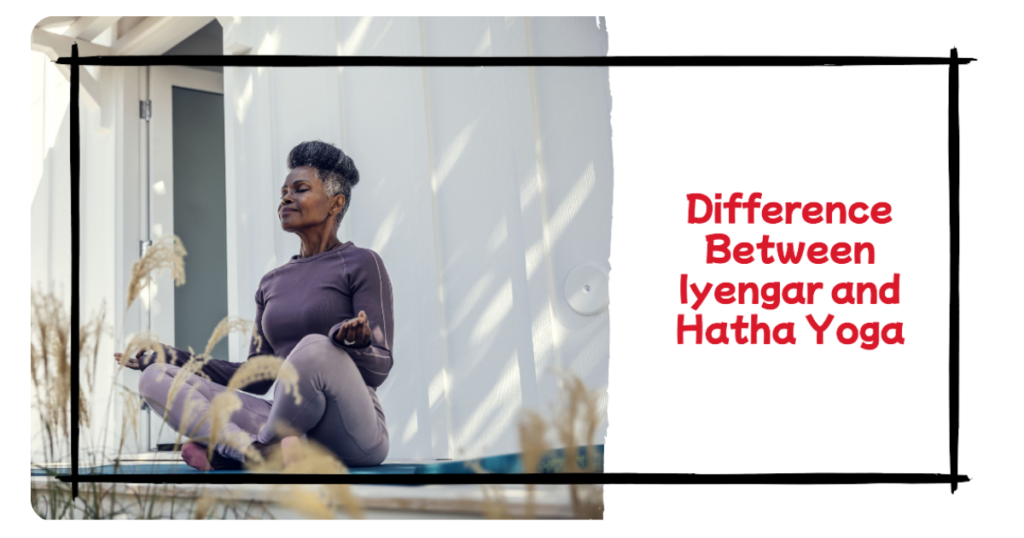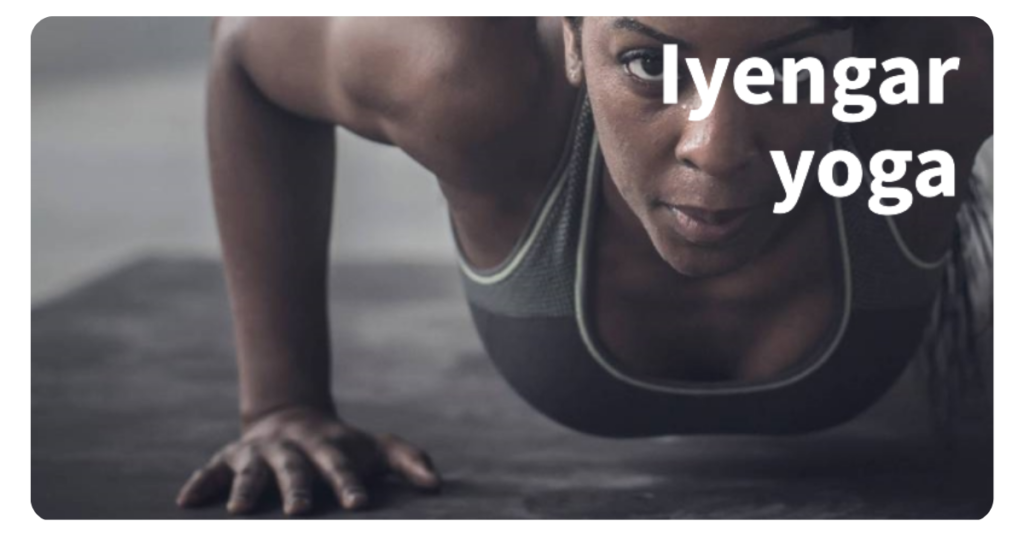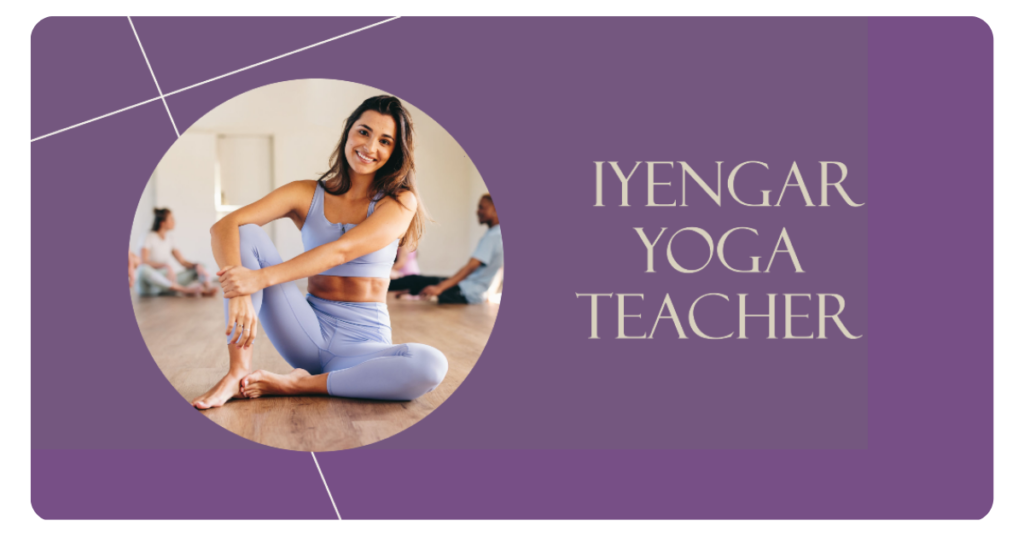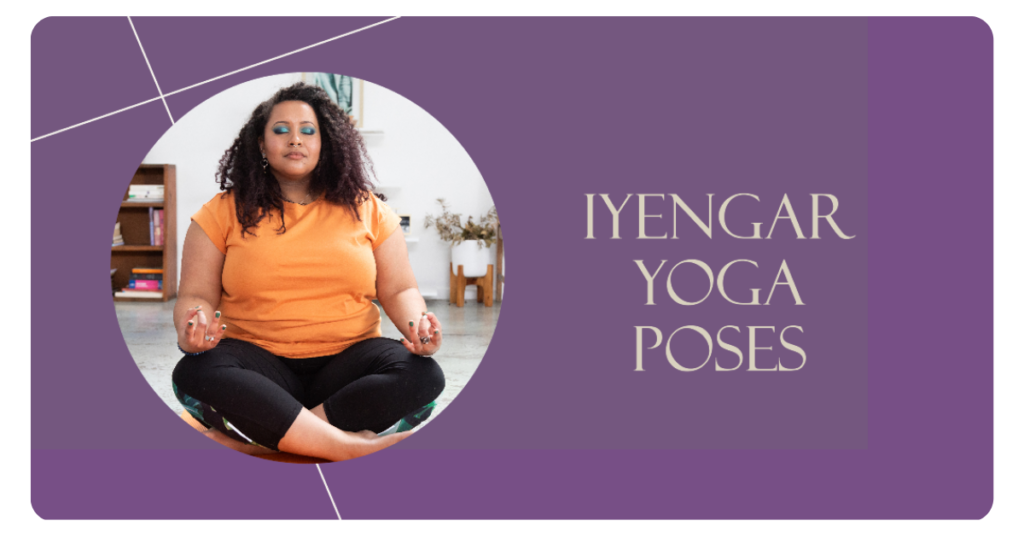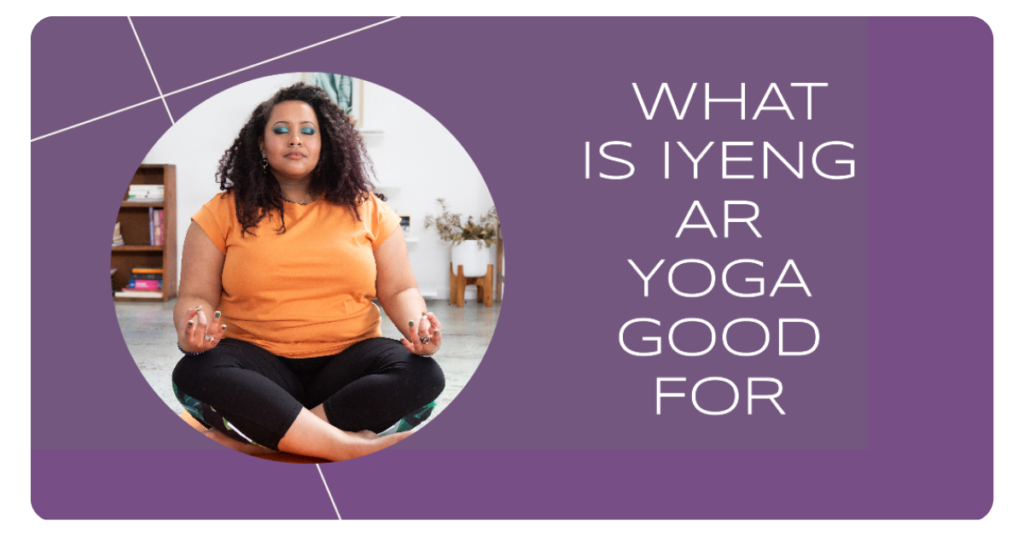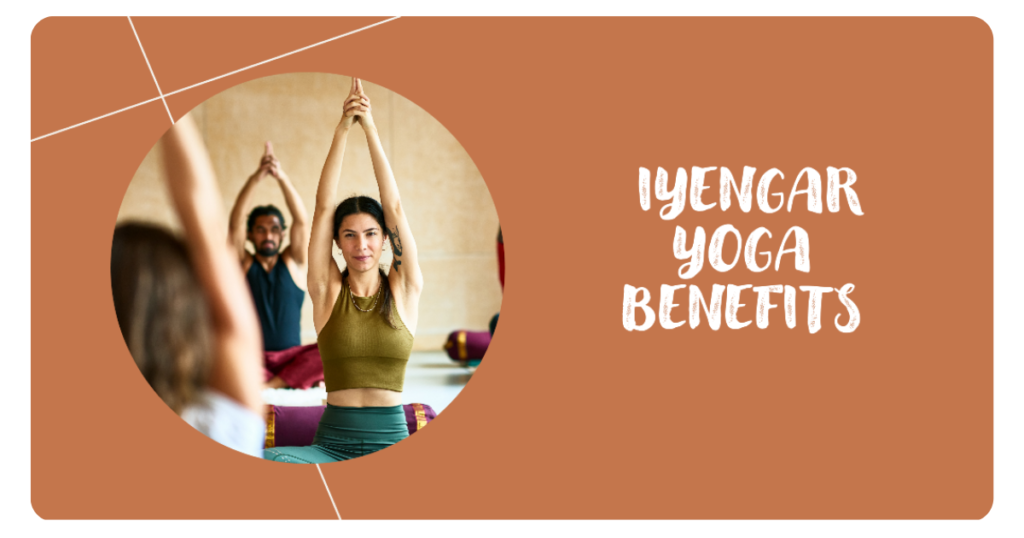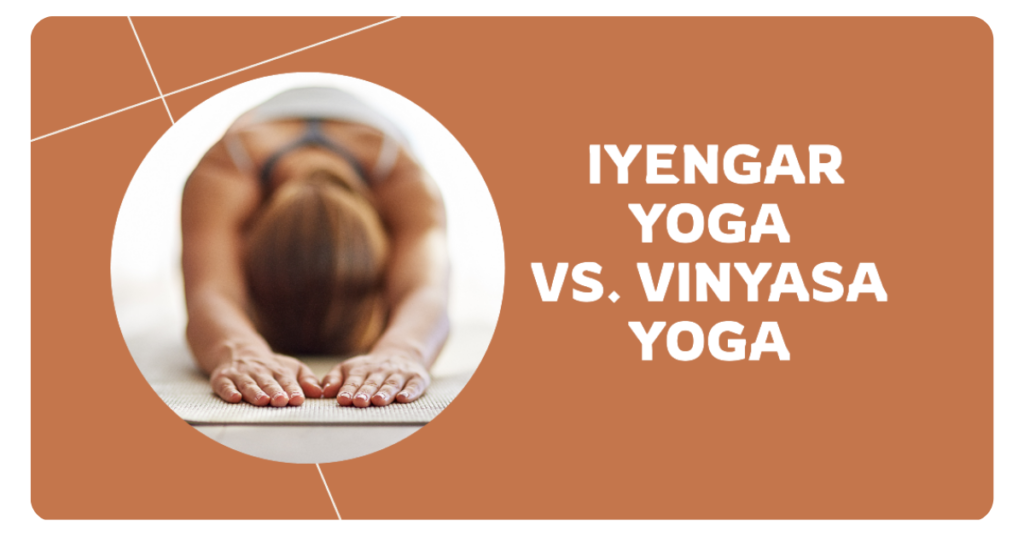
Yoga, an ancient practice originating in India, has gained immense popularity worldwide for its numerous physical and mental health benefits. Among the various styles of yoga, two prominent forms that often pique the interest of practitioners are Iyengar Yoga and Ashtanga Yoga. While both are derived from the Hatha Yoga tradition, they differ significantly in their approaches, techniques, and overall experiences. In this article, we will delve into the nuances of these two yoga styles, exploring their origins, physical practices, intensity levels, and benefits, to help you determine which one aligns best with your goals and preferences. Iyengar Yoga vs Ashtanga Yoga
Origins and Founders Iyengar Yoga vs Ashtanga Yoga
Iyengar Yoga was developed by the renowned yoga master, B.K.S. Iyengar (1918-2014). Born in India, Iyengar dedicated his life to the study and teaching of yoga, emphasizing precision and proper alignment in each posture. His style is known for its attention to detail, making use of props such as blocks, straps, and blankets to assist practitioners in achieving correct form and preventing injury.
Iyengar’s approach was heavily influenced by his own personal struggles with health issues, including tuberculosis, which he overcame through the practice of yoga. His experiences led him to develop a systematic and methodical approach to yoga, focusing on the therapeutic aspects of each asana (posture) and their ability to bring balance to the body and mind.
On the other hand, Ashtanga Yoga was introduced to the modern world by K. Pattabhi Jois (1915-2009), who learned this ancient practice from his teacher, Krishnamacharya. Ashtanga Yoga is characterized by a set sequence of postures (asanas) linked together by synchronized breathing techniques (vinyasa). This dynamic style emphasizes a continuous flow of movement, building strength, flexibility, and stamina.
Pattabhi Jois is credited with reviving and popularizing Ashtanga Yoga, which he learned from an ancient text called the Yoga Korunta. He believed in the traditional method of following a specific sequence of postures, known as the Primary Series (Yoga Chikitsa), which is designed to purify the body and prepare it for more advanced practices.
Table of Contents
Physical Practice Iyengar Yoga and Ashtanga Yoga
Iyengar Yoga
Iyengar Yoga is characterized by a slower pace and a strong emphasis on precision and alignment. Each posture is held for an extended period, allowing practitioners to focus on the nuances of the asana and make necessary adjustments to achieve proper form. This attention to detail is facilitated by the use of props, such as blocks, straps, blankets, and bolsters, which aid in achieving the correct alignment and support the body in challenging postures.
The use of props is a cornerstone of Iyengar Yoga, as they enable practitioners of all levels, including those with physical limitations or injuries, to practice safely and effectively. Props are not viewed as a crutch but rather as tools to deepen the understanding and experience of each posture.
Additionally, Iyengar Yoga places significant emphasis on the breath, known as pranayama, and its synchronization with the movement and postures. This controlled breathing not only enhances the physical benefits of the practice but also promotes a sense of calm and focus, contributing to the overall mind-body connection.
Ashtanga Yoga
In contrast to the methodical approach of Iyengar Yoga, Ashtanga Yoga is characterized by a dynamic and continuous flow of postures linked by breath. The practice follows a set sequence of asanas, known as the Primary Series (Yoga Chikitsa), which includes a specific order of standing, seated, and inverted postures.
Ashtanga Yoga is typically practiced in a heated room (around 90-100°F or 32-38°C), which promotes flexibility and detoxification through increased sweating. The heated environment also allows for a deeper exploration of postures and can be challenging for beginners or those unaccustomed to intense physical exertion.
The synchronization of breath and movement, known as vinyasa, is a fundamental aspect of Ashtanga Yoga. Each posture is linked to a specific breathing pattern, creating a fluid, continuous flow of movement that builds strength, stamina, and cardiovascular endurance.
Unlike Iyengar Yoga, Ashtanga Yoga does not emphasize the use of props, as practitioners are expected to rely on their own physical capabilities and the guidance of an experienced teacher to achieve proper alignment and depth in each posture.
Intensity and Difficulty Level Iyengar Yoga and Ashtanga Yoga
Iyengar Yoga
Iyengar Yoga is generally considered a gentler form of yoga, suitable for practitioners of all ages and fitness levels. Its emphasis on proper alignment, the use of props, and the slower pace make it an accessible practice for beginners, those recovering from injuries, or individuals with physical limitations.
However, this does not mean that Iyengar Yoga is easy or lacks challenge. As practitioners progress, they can gradually increase the difficulty level by holding postures for longer durations or incorporating more advanced variations. Additionally, the focus on precision and attention to detail can be mentally and physically demanding, requiring significant concentration and body awareness.
Ashtanga Yoga
In contrast, Ashtanga Yoga is often regarded as a more physically demanding and intense practice. The continuous flow of postures, combined with the heated environment and the lack of props, can make it challenging for beginners or those with limited physical conditioning.
Ashtanga Yoga is known for its ability to build strength, stamina, and cardiovascular endurance. The dynamic nature of the practice, with its emphasis on transitions and linking of postures, requires a certain level of fitness and physical capability.
However, it is important to note that the intensity of Ashtanga Yoga can be adjusted based on individual needs and abilities. Experienced teachers can modify the practice by introducing options for easier variations or incorporating rest periods, making it more accessible to practitioners of varying fitness levels.
Use of Props Iyengar Yoga and Ashtanga Yoga
One of the most significant differences between Iyengar Yoga and Ashtanga Yoga lies in their approach to the use of props.
Iyengar Yoga
Iyengar Yoga embraces the extensive use of props, such as blocks, straps, blankets, bolsters, and chairs, to assist practitioners in achieving proper alignment and depth in each posture. These props are not viewed as crutches but rather as tools to facilitate the correct execution of asanas and prevent injury.
The use of props is particularly beneficial for beginners, those with physical limitations, or individuals recovering from injuries. Props can help modify postures, provide support, and enable practitioners to experience the full benefits of each asana without compromising their safety or form.
Additionally, props can aid in the development of body awareness and proprioception, as they help practitioners understand the subtle nuances of each posture and make necessary adjustments to achieve optimal alignment.
Ashtanga Yoga
In contrast, Ashtanga Yoga follows a more traditional approach and minimizes the use of props. The practice relies heavily on the practitioner’s physical capabilities, strength, and flexibility, as well as the guidance of an experienced teacher.
The rationale behind this approach is that the practitioner should rely on their own body and breath to achieve the desired depth and alignment in each posture. Ashtanga Yoga emphasizes the development of internal awareness and control, encouraging practitioners to listen to their bodies and make necessary adjustments without external aids.
However, it is important to note that the use of props is not entirely prohibited in Ashtanga Yoga. In certain cases, such as injuries or physical limitations, props may be introduced as a temporary measure to facilitate safe practice until the practitioner regains the necessary strength and flexibility.
Approach to Practice
Iyengar Yoga
Iyengar Yoga is known for its detail-oriented and precise approach to the practice of asanas. Each posture is meticulously broken down and analyzed, with a strong emphasis on proper alignment, body awareness, and the use of props to achieve the desired form.
Iyengar Yoga teachers are highly trained and skilled in providing detailed instructions and adjustments to ensure that practitioners are executing each posture correctly. This attention to detail not only enhances the physical benefits of the practice but also promotes a deeper understanding of the body’s mechanics and the subtleties of each asana.
Additionally, Iyengar Yoga encourages a meditative and introspective approach, with practitioners encouraged to focus on their breath, body sensations, and mental state during each posture. This mindful practice cultivates a heightened sense of self-awareness and can contribute to overall well-being and stress reduction.
Ashtanga Yoga
While proper alignment is still important in Ashtanga Yoga, the emphasis is on maintaining the flow and rhythm of the practice, rather than dissecting each posture individually. The practice is often described as a moving meditation, where the practitioner remains focused on the synchronization of breath and movement, cultivating a state of present-moment awareness.
Ashtanga Yoga teachers play a crucial role in guiding practitioners through the set sequence of postures, offering adjustments and modifications when necessary. However, the responsibility for achieving correct alignment and depth in each posture ultimately lies with the practitioner, who is encouraged to develop an internal awareness and understanding of their body’s limitations and capabilities.
This approach fosters a sense of self-discipline and commitment, as practitioners are expected to adhere to the traditional sequence and progressively work towards mastering more advanced postures and variations.
Benefits Iyengar Yoga and Ashtanga Yoga
Both Iyengar Yoga and Ashtanga Yoga offer a range of physical and mental health benefits, but their distinct approaches and emphases can lead to different outcomes.
Iyengar Yoga Benefits
Ashtanga Yoga Benefits
It’s important to note that these benefits are not mutually exclusive, and individuals may experience a combination of these effects depending on their personal practice and goals. “Iyengar Yoga vs Hatha Yoga: An In-Depth Comparison“
Iyengar Yoga and Ashtanga Yoga! Which is Better for Beginners?
When it comes to choosing between Iyengar Yoga and Ashtanga Yoga for beginners, Iyengar Yoga is often recommended as the more suitable option. Here’s why:
However, it’s important to note that Ashtanga Yoga can also be suitable for beginners if taught by an experienced and attentive teacher who can provide modifications and offer a gradual progression into the practice. Many Ashtanga Yoga studios offer beginner-friendly classes or introduce the Primary Series in a step-by-step manner, allowing newcomers to build the necessary strength and flexibility before advancing to more challenging postures.
Ultimately, the decision between Iyengar Yoga and Ashtanga Yoga for beginners should be based on individual goals, physical capabilities, and personal preferences. It’s always recommended to start with an experienced teacher who can guide you through the foundational principles of each style and ensure a safe and enjoyable practice.
Variations within the Styles
While Iyengar Yoga and Ashtanga Yoga have their distinct characteristics and approaches, it’s important to recognize that variations exist within each style, allowing for a more personalized and diverse practice.
Iyengar Yoga Variations
Iyengar Yoga is often classified into different levels based on the practitioner’s skill and experience. These levels range from beginners to advanced, with each level introducing more challenging postures and variations.
Additionally, Iyengar Yoga teachers may incorporate specific sequences or themes into their classes, such as restorative yoga, prenatal yoga, or yoga for specific conditions or injuries, further tailoring the practice to individual needs.
Ashtanga Yoga Variations
While Ashtanga Yoga follows a set sequence of postures, there are variations in the timing and pacing of the practice, as well as the incorporation of additional series or modifications.
Additionally, some Ashtanga Yoga teachers may incorporate variations or modifications to the traditional sequence, such as adjusting the pace or introducing alternative postures, to accommodate individual needs or preferences.
It’s important to note that while variations within each style exist, the core principles and philosophical foundations of Iyengar Yoga and Ashtanga Yoga remain distinct. Practitioners should explore these variations with guidance from experienced teachers to ensure a safe and authentic practice.
Finding the Right Fit
With the vast array of yoga styles available, choosing the one that resonates with your goals, preferences, and physical abilities can be a daunting task. When it comes to Iyengar Yoga and Ashtanga Yoga, here are some considerations to help you find the right fit:
To truly understand which style resonates with you, it’s recommended to try both Iyengar Yoga and Ashtanga Yoga classes with experienced teachers. Many studios offer beginner-friendly classes or introductory workshops, allowing you to experience the distinct approaches firsthand.
Additionally, don’t be afraid to have open conversations with yoga instructors. Share your goals, concerns, and preferences, and seek their guidance in determining which style might be the best starting point for you. Remember, the “right” yoga style is the one that inspires you to maintain a consistent practice and supports your overall well-being.
Combining Aspects of Both Styles
While Iyengar Yoga and Ashtanga Yoga have distinct philosophies and approaches, it’s possible to incorporate elements of both styles into your practice to create a well-rounded and balanced experience. Here are some ways you can combine aspects of these two yoga traditions:
It’s important to remember that combining elements from different yoga styles should be done with care and under the guidance of qualified instructors. Approach this integration with an open mind, respect the traditions of each style, and listen to your body’s needs as you explore a practice that resonates with you on a deeper level.
Conclusion
Iyengar Yoga and Ashtanga Yoga, while originating from the same Hatha Yoga tradition, offer distinct experiences and approaches to the practice. Iyengar Yoga emphasizes precision, alignment, and the use of props, creating a methodical and therapeutic experience suitable for practitioners of all levels. In contrast, Ashtanga Yoga is characterized by a dynamic flow of postures synchronized with breath, building strength, stamina, and cardiovascular endurance.
Ultimately, the “best” style depends on your individual goals, physical abilities, and personal preferences. Iyengar Yoga may be more suitable for those seeking a gentler, restorative practice or those with physical limitations or injuries. Ashtanga Yoga, on the other hand, may appeal to those looking for a more intense and physically challenging experience.
However, it’s important to keep an open mind and embrace the idea that both styles can complement each other and offer unique benefits. Incorporating elements from each practice can lead to a well-rounded and balanced yoga journey, addressing various aspects of physical, mental, and spiritual well-being.
As you embark on your yoga journey, remember to approach it with patience, humility, and a willingness to explore. Seek guidance from experienced teachers, listen to your body, and embrace the process of self-discovery that yoga offers. Whether you choose Iyengar Yoga, Ashtanga Yoga, or a combination of both, the true essence of yoga lies in cultivating awareness, presence, and a deep connection with yourself.
Embrace the journey, and may your practice bring you closer to your authentic self, one breath and one asana at a time.
Commonly Asked Questions:
Q: Can I switch between Iyengar Yoga and Ashtanga Yoga? A: Absolutely! Many practitioners alternate between the two styles or incorporate elements of both into their practice. This can provide a well-rounded experience and address different physical and mental needs.
Q: Is it necessary to be extremely flexible to practice Ashtanga Yoga? A: While flexibility is beneficial in Ashtanga Yoga, it is not a prerequisite. The practice itself is designed to gradually increase flexibility over time. Beginners and those with limited flexibility can start with modifications and work their way up.
Q: Can Iyengar Yoga be physically challenging? A: Yes, Iyengar Yoga can be physically challenging, especially as you progress to more advanced levels and hold postures for longer durations. The focus on precision and proper alignment can also be mentally demanding.
Q: Is Ashtanga Yoga suitable for older practitioners or those with injuries? A: With proper guidance and modifications from an experienced teacher, Ashtanga Yoga can be adjusted to accommodate the needs of older practitioners or those with injuries. However, Iyengar Yoga may be a more appropriate starting point in such cases.
Q: How often should I practice each style? A: The frequency of practice depends on your goals and personal preferences. Many practitioners find benefits in practicing one style consistently while occasionally incorporating elements of the other style for variety and balance.
Remember, the beauty of yoga lies in its ability to adapt to individual needs and preferences. Embrace the journey, listen to your body, and don’t hesitate to seek guidance from experienced teachers as you explore the rich traditions of Iyengar Yoga vs Ashtanga Yoga.
